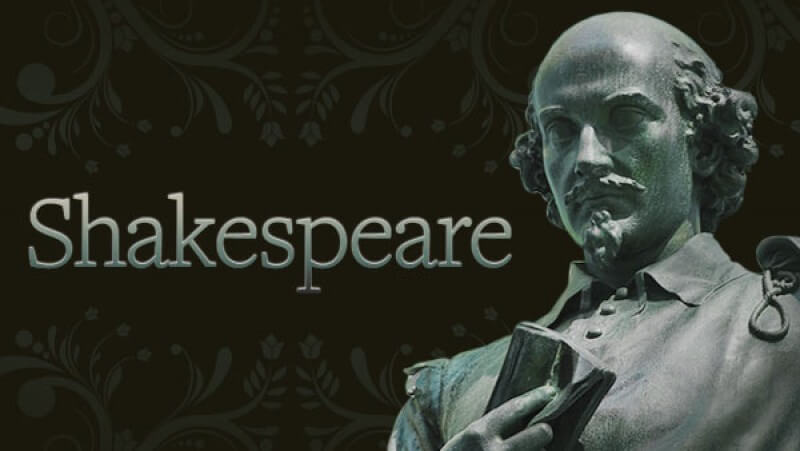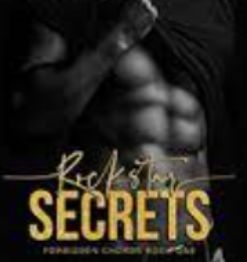TTC Video – Shakespeare: Comedies, Histories, and Tragedies
$320.00 Original price was: $320.00.$58.90Current price is: $58.90.
The lectures also consider the kind of theater for which he wrote, the characteristic structures of his plays, and the way the plays easily mingle events from different realms: different social levels, different levels of realism, and different metaphysical contexts
File size: 6.73 GB
TTC Video – Shakespeare: Comedies, Histories, and Tragedies
There is no more important author in Western literature than William Shakespeare. And his plays—whether a comedy like A Midsummer Night’s Dream; a history like Henry IV; or a tragedy like Hamlet—are treasure troves of insight into our very humanity. Shakespeare: Comedies, Histories, Tragedies introduces you to Shakespeare’s plays and explains the achievement that makes Shakespeare the leading playwright in Western civilization. The key to that achievement is his “abundance,” says Professor Saccio—not only in the number and length of his plays, but also in the variety of experiences they depict, the multitude of actions and characters they contain, the combination of public and private life they deal with, the richness of feelings they express and can provoke in an audience and in readers, and the fullness of language and suggestion.
Introduction: Lectures 1 and 2
The first two lectures consider how Shakespeare’s plays have been valued by four centuries of readers, and how they have been interpreted and reinterpreted by the generations who have read and seen them.
The lectures also consider the kind of theater for which he wrote, the characteristic structures of his plays, and the way the plays easily mingle events from different realms: different social levels, different levels of realism, and different metaphysical contexts.
The course then considers the plays in terms of genre.
Four Comedies: Lectures 3–10
Twelfth Night offers an example of Shakespearean comic structure and subject: courtship. Renaissance courtship practices are discussed, with their implications about the place of romantic love in our lives. Shakespeare also includes in his survey of lovers Malvolio the ambitious steward, for whom courtship is a means of social advancement.
The Taming of the Shrew provides a somewhat realistic look at bourgeois marriage customs and the place of a strong woman in a patriarchal society. It shows Shakespeare experimenting with an unusually sharp collision of romance and farce.
The Merchant of Venice employs a particularly lofty form of romantic idealism in the courtship plot, but it confronts that idealism with the problematic, possibly tragic character of Shylock, who has forced generations of actors into reinterpreting Shakespeare.
Measure for Measure shows Shakespeare on the verge of breaking out of comic conventions altogether. The characters marry at the end, as is customary, but the route to their unions is a gritty path entailing near-rape and near-execution via the courtrooms and the sexual underground of a corrupt modern society.
Five Histories: Lectures 11–18
Richard III is followed through the arc of his villainous and entertaining career.
Richard II raises constitutional problems that vex us still: What can be done with a ruler who is undoubtedly entitled to rule and is also damaging the realm?
The two plays named after Henry IV show Shakespeare’s widest scope in depicting the realm of England from throne room to tavern to countryside, and they introduce Shakespeare’s most remarkable comic creation, Falstaff.
In Henry V, Shakespeare kills Falstaff in a scene of extraordinary artistic skill and emotional effect, and then takes the king to a military victory that still arouses all our conflicted convictions about the morality of warfare.
Seven Tragedies: Lectures 19–36
The lectures show Shakespeare taking Romeo and Juliet, who should be the leading pair of lovers in a comedy, and plunging their private bliss into the public violence of a city torn by feud.
Why ancient Rome was important to Shakespeare (and to the Renaissance as a whole) is explored in two lectures on Julius Caesar.
Two lectures on Troilus and Cressida show Shakespeare rewriting Homer into a bitter satire on vainglorious men and unfaithful women.
Finally, three lectures apiece are devoted to each of the four greatest tragedies, Hamlet, Othello, King Lear, and Macbeth. As the richness of each play is explored, emphasis falls on the scope of the tragic effect: Shakespeare’s acute development of the inner consciousness in his tragic soliloquies is placed within the far-ranging philosophical and theological implications.
Professor Saccio is a trained actor. He performed the Shakespearean roles of Casca, Angelo, Bassanio, and Henry IV, and directed productions of Twelfth Night, Macbeth, and Cymbeline.
-
1Shakespeare Then and Now
-
2The Nature of Shakespeare’s Plays
-
3Twelfth Night—Shakespearean Comedy
-
4 Twelfth Night—Malvolio in Love
-
5The Taming of the Shrew—Getting Married in the 1590s
-
6The Taming of the Shrew—Farce and Romance
-
7The Merchant of Venice—Courting the Heiress
-
8The Merchant of Venice—Shylock
-
9Measure for Measure—Sex in Society
-
10Measure for Measure—Justice and Comedy
-
11Richard III—Shakespearean History
-
12Richard III—The Villain’s Career
-
13Richard II—The Theory of Kingship
-
14Richard II—The Fall of the King
-
15Henry IV—All the King’s Men
-
16Henry IV—The Life of Falstaff
-
17Henry V—The Death of Falstaff
-
18Henry V—The King Victorious19Romeo and Juliet—Shakespearean Tragedy
-
20Romeo and Juliet—Public Violence and Private BlissRomeo and Juliet is especially remarkable for its structure and its poetry. The story is organized around three large scenes, and moves at a pace that matches the violence of the actions and emotions. With a special form of lyric poetry, Shakespeare creates for his young lovers a space set apart from quarrelling Verona and dedicated to an ideal love.
-
21Troilus and Cressida—Ancient Epic in a New Mode
-
22Troilus and Cressida—Heroic Aspirations
-
23Julius Caesar—The Matter of Rome
-
24Julius Caesar—Heroes of History
-
25Hamlet—The Abundance of the Play
-
26 Hamlet—The Causes of Tragedy
-
27Hamlet—The Protestant Hero
-
28Othello—The Design of the Tragedy
-
29Othello—“O Villainy!”
-
30Othello—“The Noble Moor”
-
31King Lear—“This Is the Worst”
-
32King Lear—Wisdom Through Suffering
-
33King Lear—“Then We Go On”
-
34Macbeth—“Fair Is Foul”
-
35Macbeth—Musing on Murder
-
36Macbeth—“Enter Two Murderers
Read more here!
Be the first to review “TTC Video – Shakespeare: Comedies, Histories, and Tragedies” Cancel reply
Related products
Other Courses
Other Courses
Other Courses
Other Courses
Other Courses
Other Courses







![Penina Petersen – Freezer Meals 1: $1.50 Dinners – Starter [eBook & Video Guides]](https://graspcourse.net/wp-content/uploads/2022/02/Penina-Petersen-–-Freezer-Meals-1-1.50-Dinners-–-Starter-eBook-Video-Guides-300x171.png)





Reviews
There are no reviews yet.